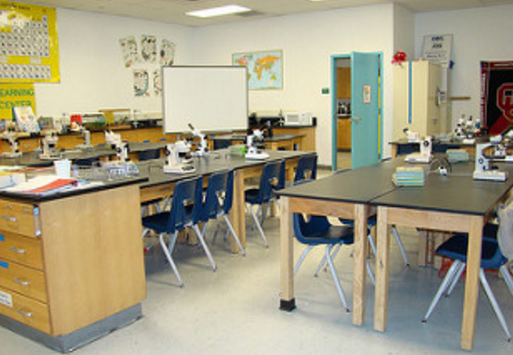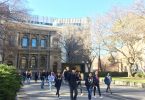By Zara McDonald and Emily Collin.
Teachers and students are divided after a new report launched by the Victorian Education Minister has explored the best ways to raise teaching quality in Victoria.
The report, which found that increasing the ATAR score required for entry into a teaching degree may help improve overall teaching quality, has left many in opposition about what is the best way forward.
“Recent findings reveal that the number of initial teacher education entrants with an ATAR less than 50 has more than doubled over the past four years,” the paper found.
“High achievers report that low ATAR cut-offs are a deterrent to pursuing a career in teaching, and parents report perceiving low entry requirements as denoting a low-status career choice. Retention rates show that students with a lower ATAR are less likely to complete a teacher education course.”
Despite the discussion paper’s findings, Monash University education student and scholarship holder Rachel Nicholls, does not believe raising the admission ATAR will have an impact on the overall quality of teachers in the state.
Instead, she said a student’s ability to teach should be measured by something much more than a four-digit number.
“There are two sides to teaching. The method in which you teach doesn’t necessarily relate to how smart you were at school.”
“You need to be able to spell, write and do maths but at the same time you also need to be compassionate, motivated and dedicated to teaching,” she told City Journal News.
Additionally, Nicholls believes a shortage of jobs and a race for employment out of university will mean those graduates who find employment are the most capable in the pool of candidates.
“At the end of the day, schools should be hiring based on your ability.
“If you get a low ATAR but you don’t have the skills then you won’t get a job so it shouldn’t matter.”
In contrast, Melbourne primary school educator Kate Collin told City Journal News that raising the ATAR is important in maintaining teaching quality.
“There are a number of teachers out there who perhaps do not fully understand the curriculum and haven’t reached a high enough academic standard to be teaching literacy and numeracy.
“They don’t have to be top of the tree, but they have to have reached a general standard to be able to impart knowledge to our younger generation.”
The paper also found that our admission ranking for teaching degrees are so low we are falling behind the rest of the world.
“South Korea selects the top 5% of academic achievers, Finland the top 10%, and Singapore and Hong Kong the top 30%,” the paper found.
In contrast, in 2016 Federal Department of Education found that 48.5% of teaching offers were given to students who received an ATAR of 50 or lower.
Despite this, Ms. Nicholls believed newly introduced literacy and numeracy tests counteract the need to raise the ATAR for entry into teaching courses.
From 1 July, all students enrolled in a teaching course will be required to sit and meet the standards of the test prior to graduation.
“If they [the numeracy and literacy tests] weren’t in place then we would probably have to think about lowering the ATAR,” Nicholls said.
The report comes after the NSW government introduced drastic changes to their entry requirements into teaching in January last year. With the changes, students need to have achieved 80% or higher in at least three of their ATAR secondary school subjects, with one of those results required to be in English.
President of the NSW Secondary Principals’ Council, Chris Presland told The Guardian that although it’s too early to tell if the changes were having an impact, the foundation of a good teacher must come from a solid academic history.
“It is also important to remember that academic scores are not the only indicator of potential to be a good teacher,” Presland said. “But we must make sure they have got the academic capacity to do the job.”







